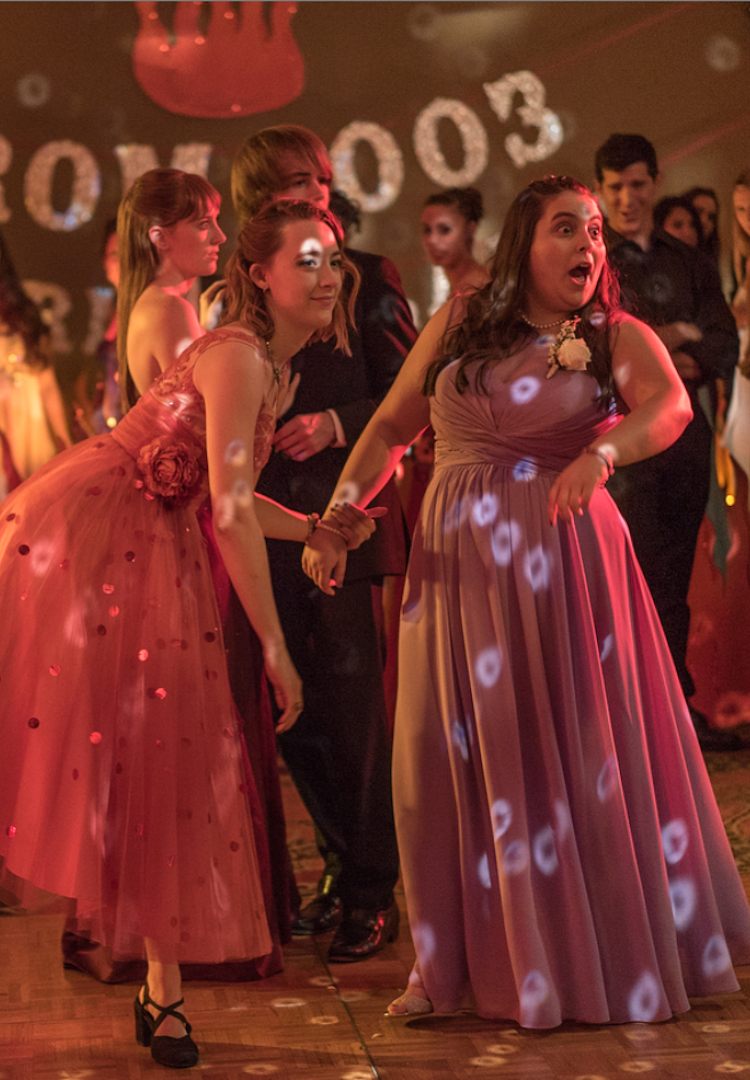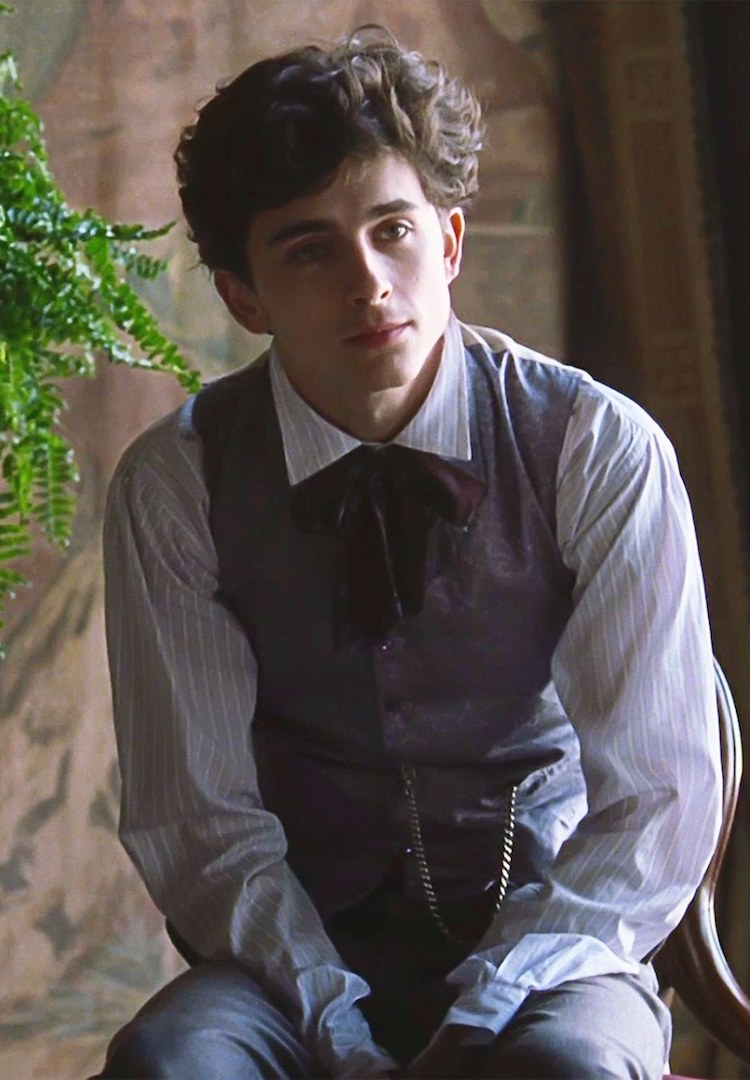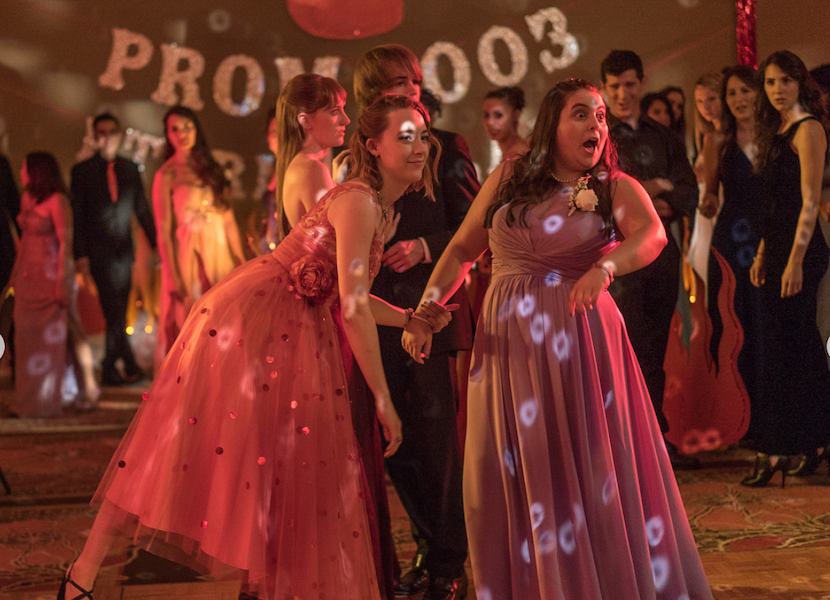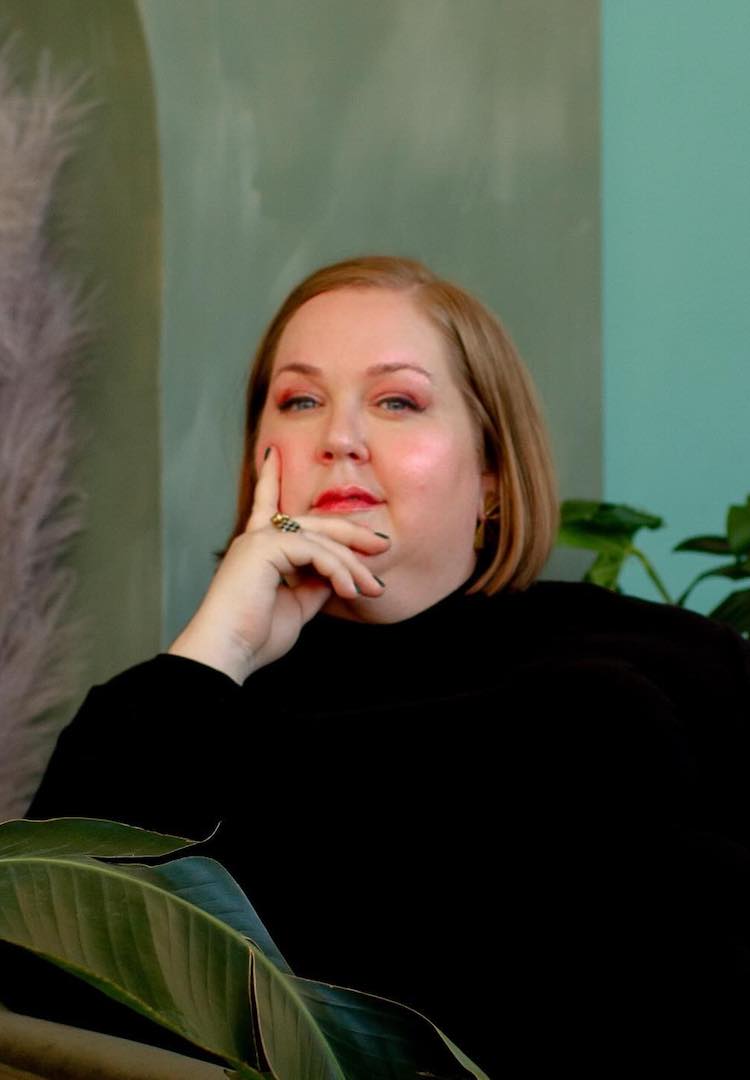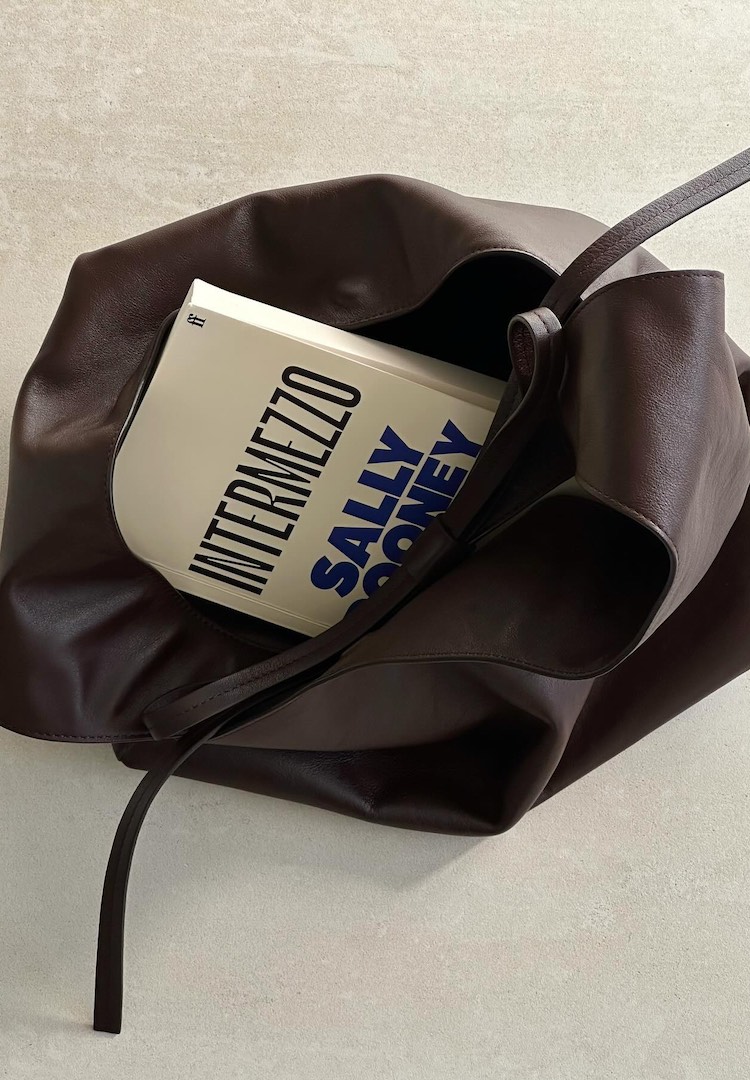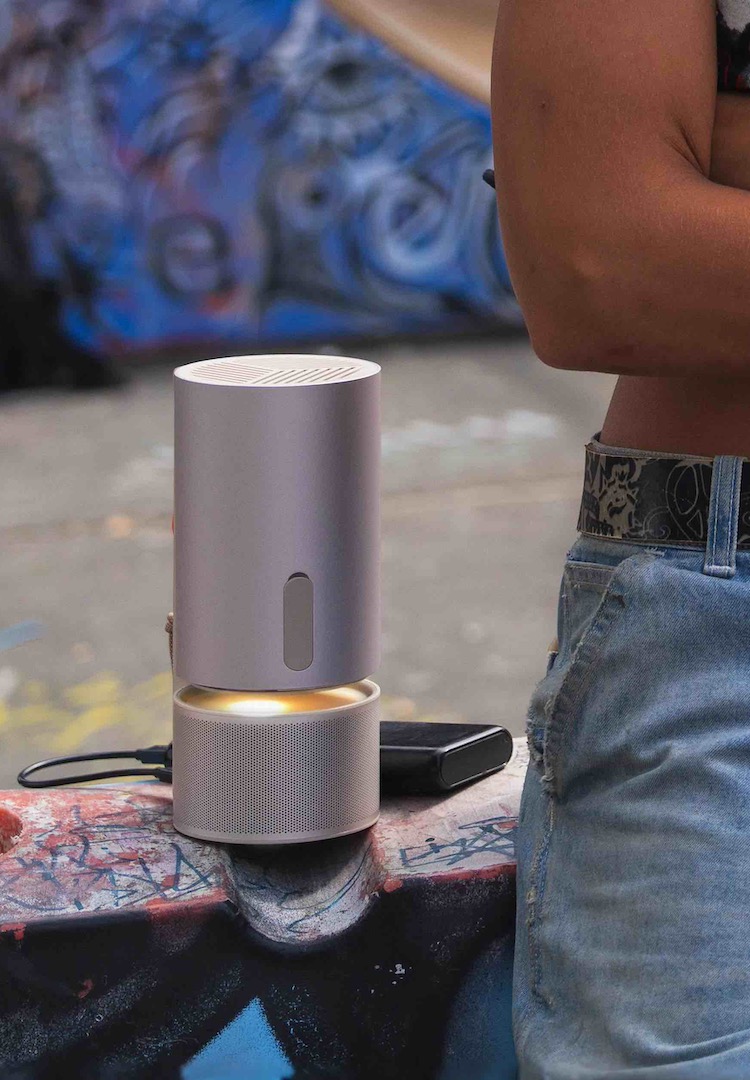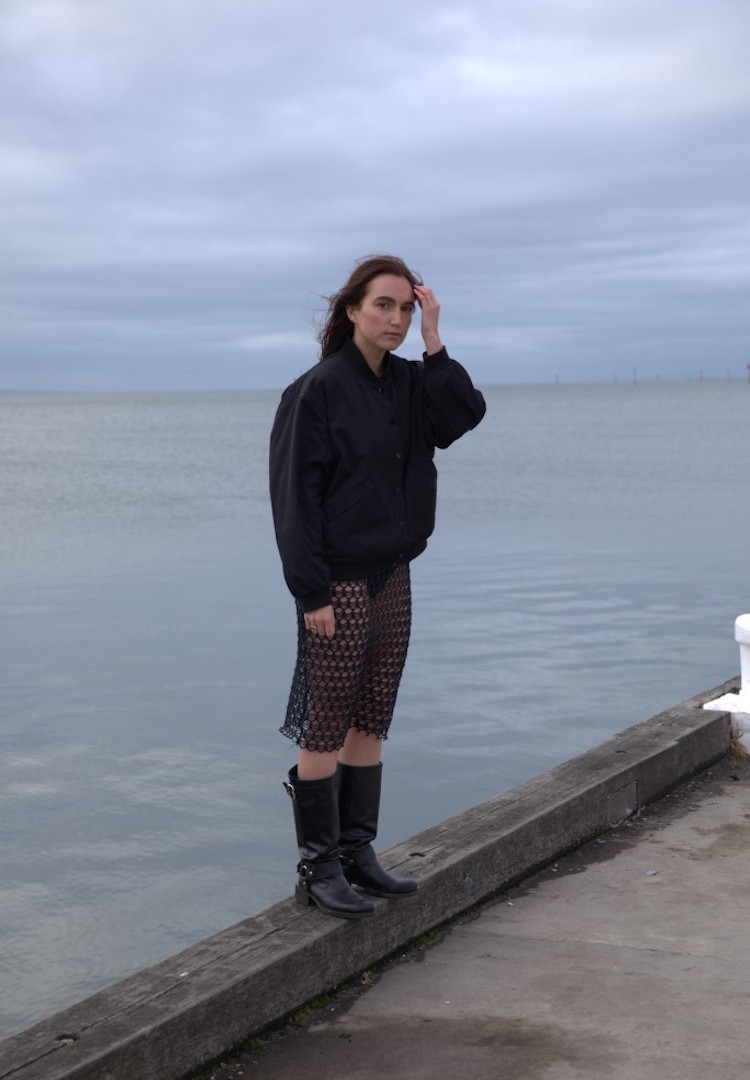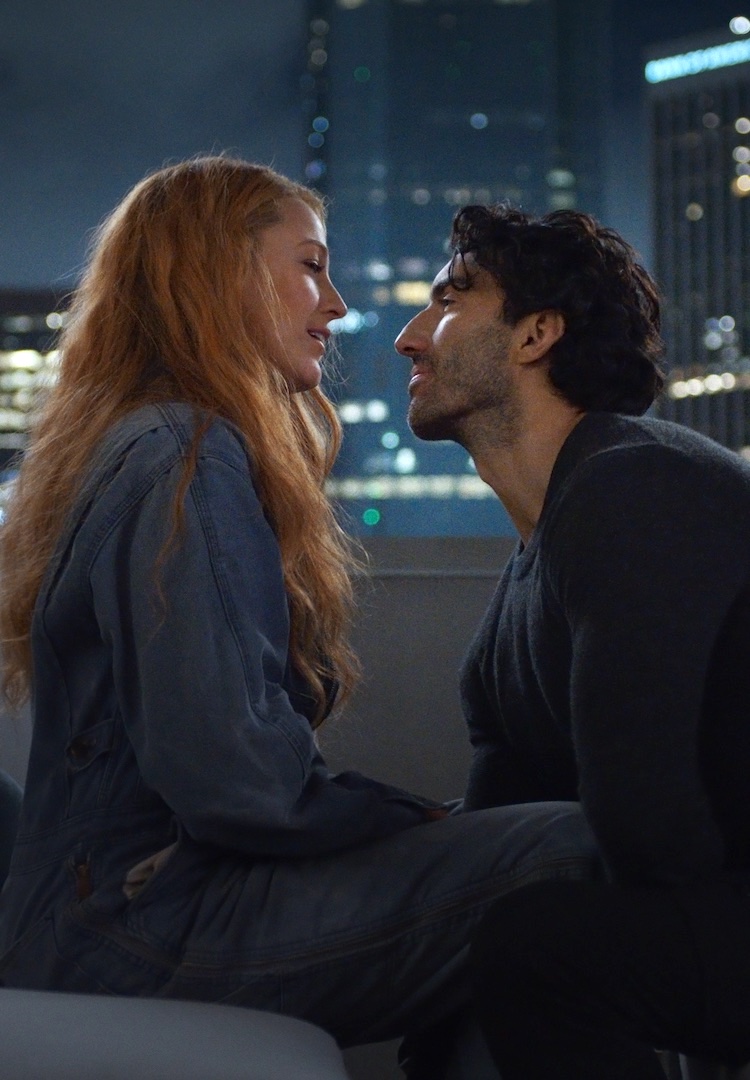The answer to more female characters? More female crew members, says study
Image via Instagram
Words by Olivia Hart
Hollygood.
There is no better time than the midst of awards season to take a critical look at one of the most visible industries in the world.
In 2018 Greta Gerwig made her solo directorial debut with Lady Bird, and it changed my life. I’d seen films about teenage girls before, but normally they were witches, dancers, princesses, mean girls and sometimes even mermaids. All of which I am not.
Rarely do you see a film simply about the average life of a just-above-average teenage girl, and finally feel that mundane is extraordinary. And while there are some films that fit the bill, I’d never seen one so passionate, familiar and messy as Lady Bird.
Christine, who prefers to call herself Lady Bird, rages against all versions of The Man: her Christian school, her failing grades, her best friend’s naivety, her trouble to find a solid and deserving boyfriend and – most importantly – her mother.
To say I was hyped for Gerwig’s second film, an adaption of the novel Little Women, would be an understatement.
Though Gerwig’s genius speaks to my soul, she is a rarity in male-dominated Hollywood. With Lady Bird in 2018, Gerwig became only the fifth female to receive an Oscar nomination for Best Director. Kathryn Bigelow remains the sole female director to take out the prize (for The Hurt Locker in 2010).
The statistics about women in film is pretty bleak. According to a survey by the organisation Women in TV and Film, women rarely make up 50% a film’s characters and when they do, they’re far less likely to speak than their male counterparts. They’re more likely to be married by the end than men. Classic.
Despite the lack of gender equality on screen and behind the cameras, women are pretty on par with males as cinema goers and without movies like Lady Bird and Little Women, it can feel alienating to watch them.
When women direct or write films, females comprise 58% of protagonists. When there is a male director or writer, there is an average of 30%.There is an obvious solution: More women behind the camera means more women on the screen.
Saoirse Ronan as Little Women’s protagonist, Jo March, sums it up best:
“Women have minds and souls as well as just hearts, and they’ve got ambition and talent as well as just beauty. And I’m sick of people saying that love is all a woman is fit for.”


